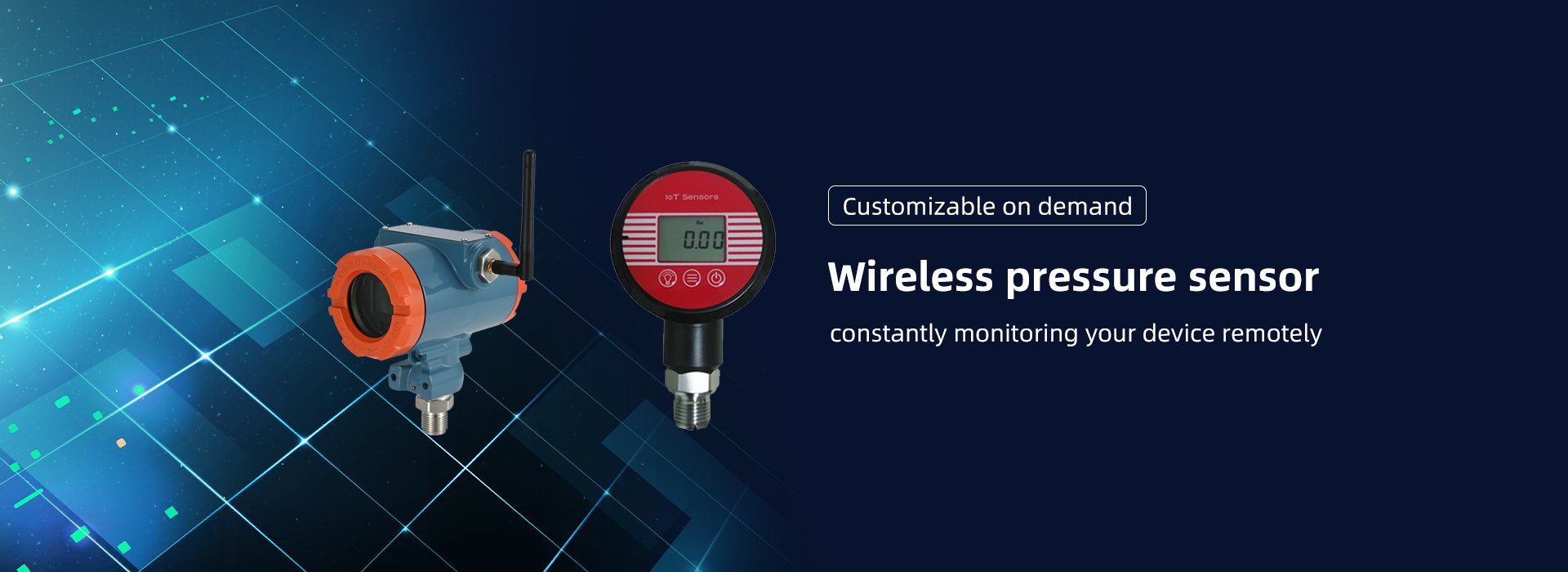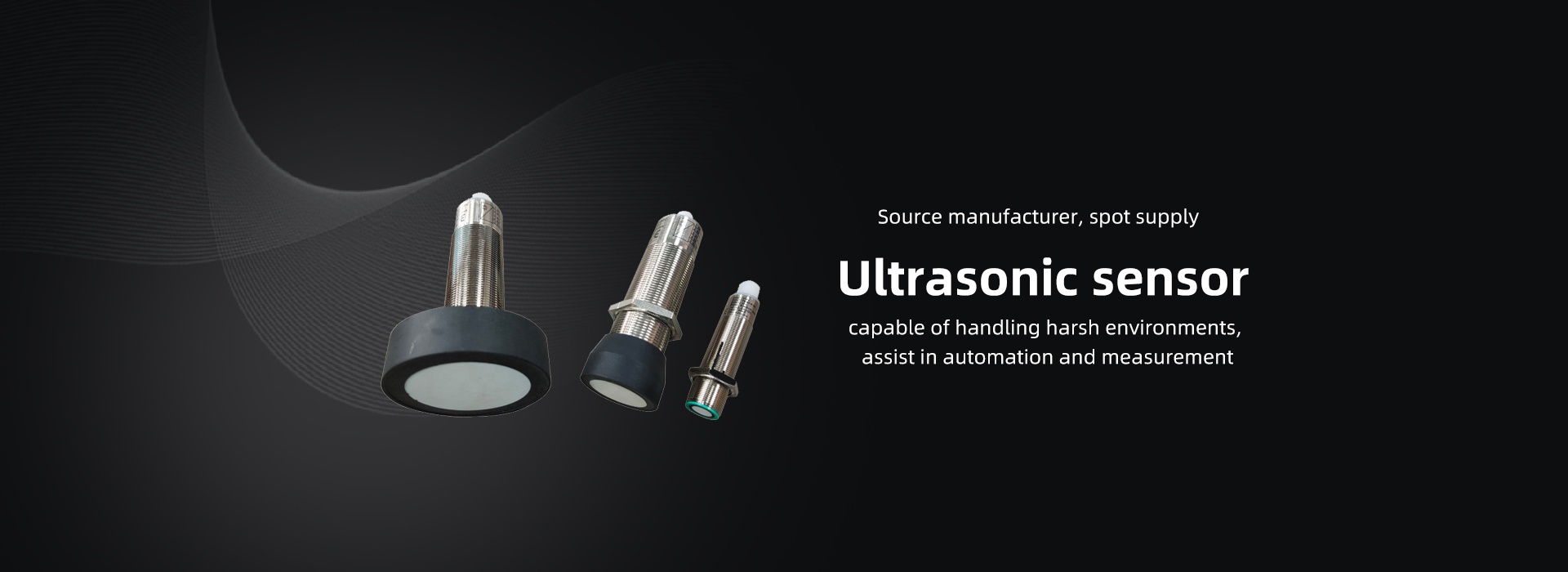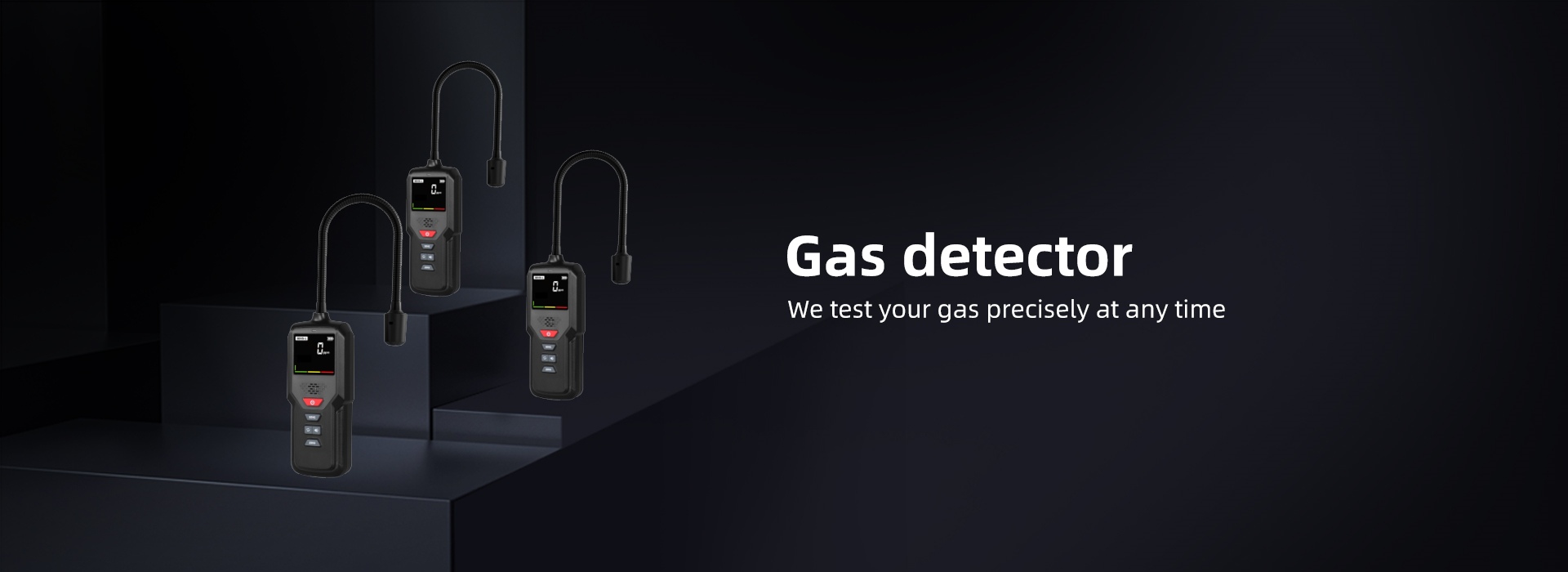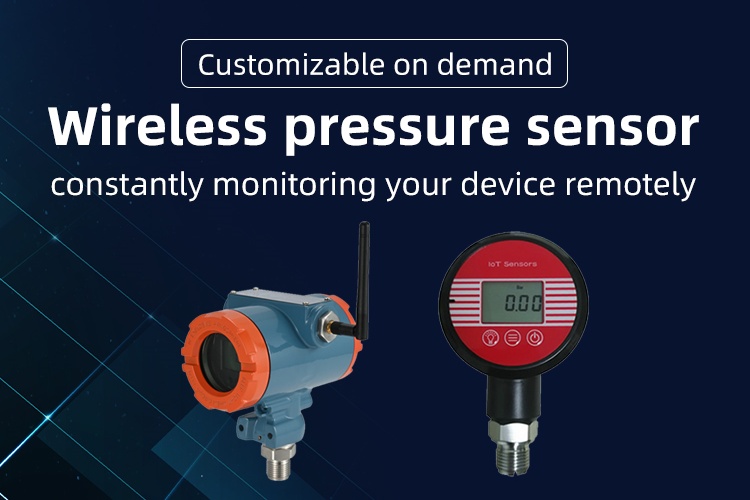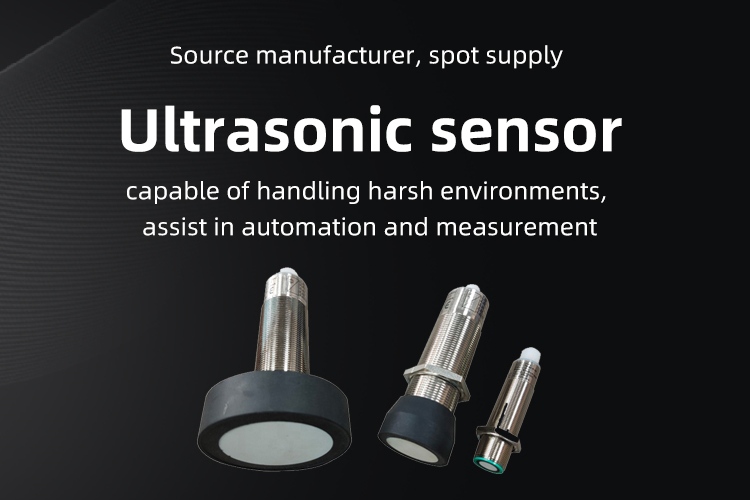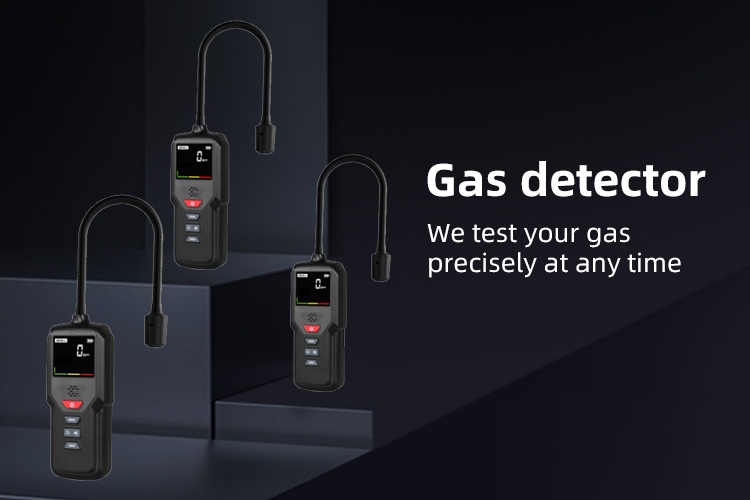
-
Home
- About Us
- Products
- Application scenarios
- Download
- News
Will the size of wire diameter affect the 200KHz and 500KHz ultrasonic gas flow sensor?
2025-09-18Will the size of the wire diameter affect the ultrasonic gas flow sensors at 200KHz and 500KHz? Yes, the thickness of the wire (as well as the type and wiring method of the wire) can significantly affect the performance of the sensor, especially for ultrasonic gas meters with higher frequencies such as 500kHz.
Below, I will explain in detail why and how it affects from both the principles and practical applications.
Core principle: Why does wire affect high-frequency signals?
The working principle of an ultrasonic gas meter is to send and receive ultrasonic pulses through a pair of piezoelectric ceramic transducers (one transmitting and one receiving), and measure the flow rate by calculating the Time of Flight. This process involves the excitation of high-frequency electrical signals and the reception of extremely weak electrical signals.
The influence of wire mainly comes from the following three factors:
1. Resistance:
Influence: The thinner the wire, the greater the resistance. For the transmission circuit, a larger resistor will consume more driving power, resulting in a decrease in the actual energy applied to the transmission transducer, thereby weakening the intensity of the emitted ultrasonic waves, reducing the signal-to-noise ratio and measurement distance. For the receiving circuit, resistors will attenuate the already very weak received signal, making it more difficult for subsequent amplifiers to process.
The relationship with frequency: The influence of resistance exists at all frequencies and is a fundamental loss.
2. Parasitic Capacity:
Impact: Any two parallel wires will form a small capacitance between them, which is parasitic capacitance. The longer and closer the wire (such as twisted pair), the larger the parasitic capacitance.
For the transmitting end: Large parasitic capacitance, together with the capacitive load of the transducer, consumes the instantaneous current of the driving circuit, causing the rising/falling edge of the transmitted pulse to slow down, waveform distortion, and reducing time measurement accuracy.
Docking with the receiving end: Parasitic capacitance forms a low-pass filter (RC filter) with the output impedance of the receiving transducer, filtering out high-frequency signal components. The received ultrasonic signal itself is high-frequency and weak, and any attenuation will make the signal worse, even difficult to recognize.
The relationship with frequency: This is the most critical factor. The higher the frequency, the smaller the capacitance impedance of parasitic capacitance (Xc=1/(2 π fC)), and the stronger the shunt (attenuation) effect on high-frequency signals. Therefore, the 500kHz system is much more sensitive to parasitic capacitance than the 200kHz system.
3. Inductance:
Impact: The wire itself also has a small inductance. Inductance and parasitic capacitance can form a resonant circuit, which may cause ringing or reflection at specific frequencies, interfering with pure pulse waveforms.
The relationship with frequency: The higher the frequency, the greater the inductive reactance (Xl=2 π fL), and the more significant the impact.
The specific impact of wire thickness:
Fine wire diameter (e.g. AWG30, AWG28, etc.):
Advantages: Low cost, flexible, and easy to wire.
Disadvantages: High resistance, making it easier to generate heat due to current passing through (although the current is usually small in gas meters); In order to achieve sufficient mechanical strength, the insulation layer may occupy a larger proportion, resulting in closer wire core spacing and increased parasitic capacitance.
Coarse wire diameter (e.g. AWG24, AWG22, etc.):
Advantages: low resistance and low loss; Better mechanical strength; Under the same insulation sheath, the distance between wire cores is relatively far, which helps to reduce parasitic capacitance per unit length.
Disadvantages: Higher cost, harder, slightly less flexible wiring.
Suggestions for 200kHz vs. 500kHz:
For 200kHz ultrasonic sensors:
The frequency is relatively low and the sensitivity to parasitic capacitance is moderate.
Thinner wires (such as AWG26-AWG28) can be used, but shielded wires (such as single core shielded wires or twisted pair shielded wires) must be used to resist external electromagnetic interference (EMI), as there are interference sources such as motors and valves inside the gas meter.
Wiring should be as short as possible to avoid parallel wiring with power lines, etc.
For 500kHz ultrasonic sensors:
High frequency, extremely sensitive to parasitic capacitance.
Thicker low capacitance shielded wires (such as specially designed low capacitance coaxial or twisted pair wires) must be used. AWG24 or thicker wire cores are a better choice to minimize resistance and capacitance.
The quality of the wire is crucial and requires the selection of wires specifically designed for high-frequency signals.
The wiring length must be as short as possible, any excess wire length will introduce unnecessary capacitors and inductors, seriously deteriorating signal quality.
MIC Metering provide high-quality, stable and reliable ultrasonic sensors. For more information, please visit www.micmetering.com or send an email to robert@micmetering.com consulting service.
Links:
Service Hotline
+86 13923792185
Website:www.micmetering.com
Address:6th Floor, Block B, Area A, Qinghu Science and Technology Park, Longhua District, Shenzhen, Guangdong Province
Copyright © 2025 MIC Metering (Shenzhen) Limited 粤ICP备2025358196号-1 Cookies Policy-
Service Hotline
Service Hotline
+86 13923792185
-
WeChat

-
TOP
Our Cookie Usage Policy
Our website uses cookies and other similar technologies to distinguish you from other users of our website. This helps us provide you with a good experience when you browse our website and allows us to improve our website. For more information, please refer to our Cookie Policy. - About Us
